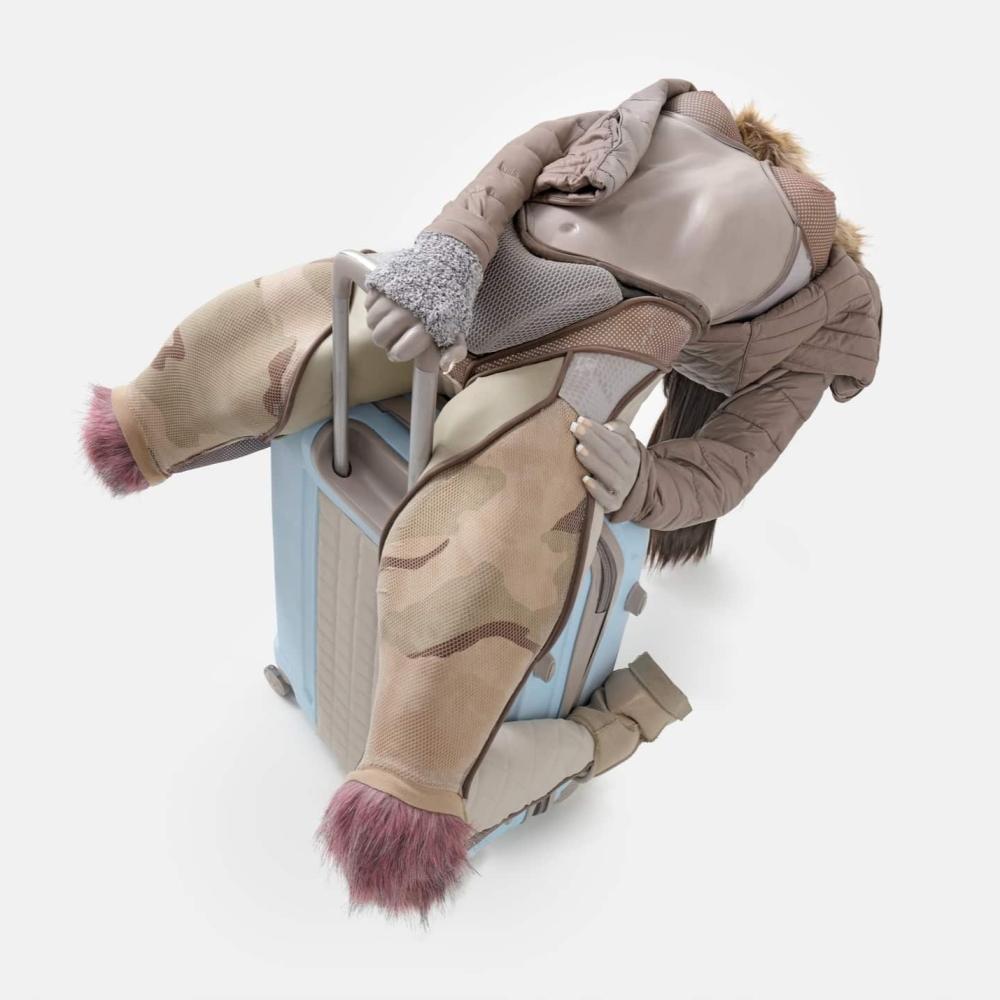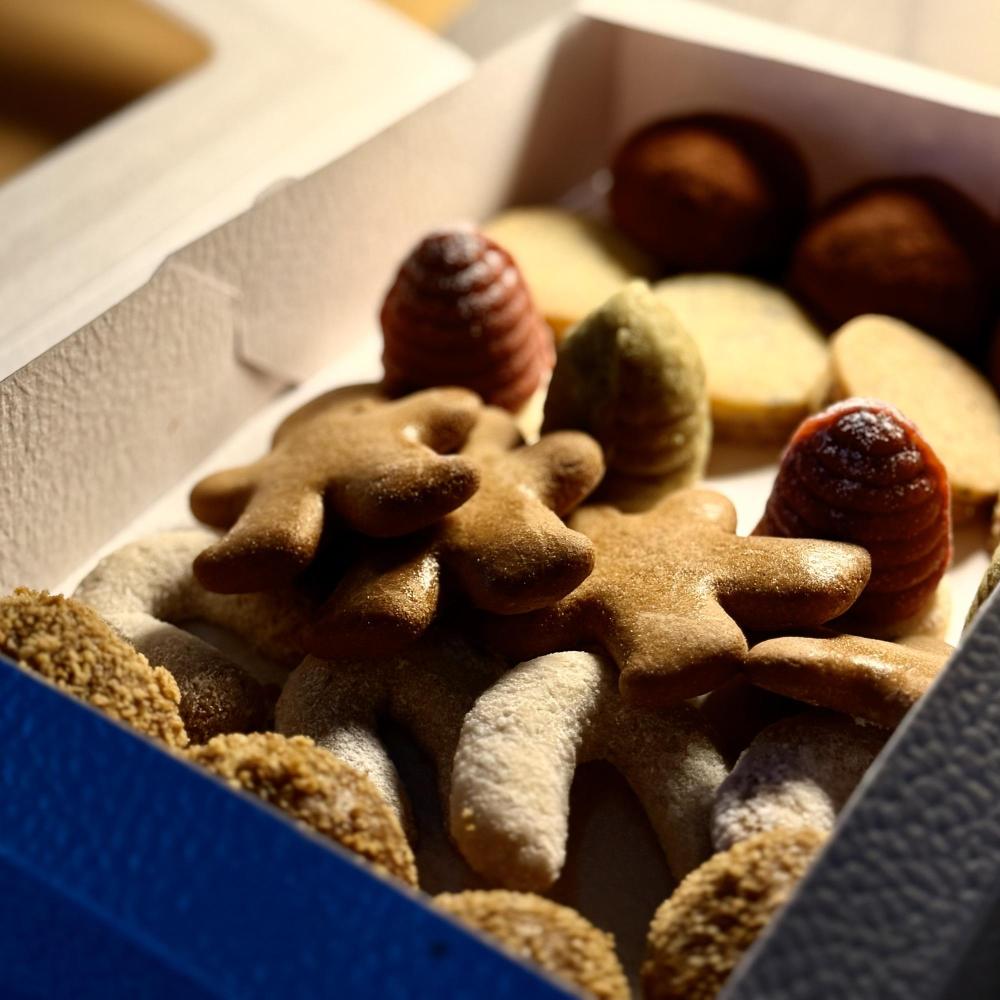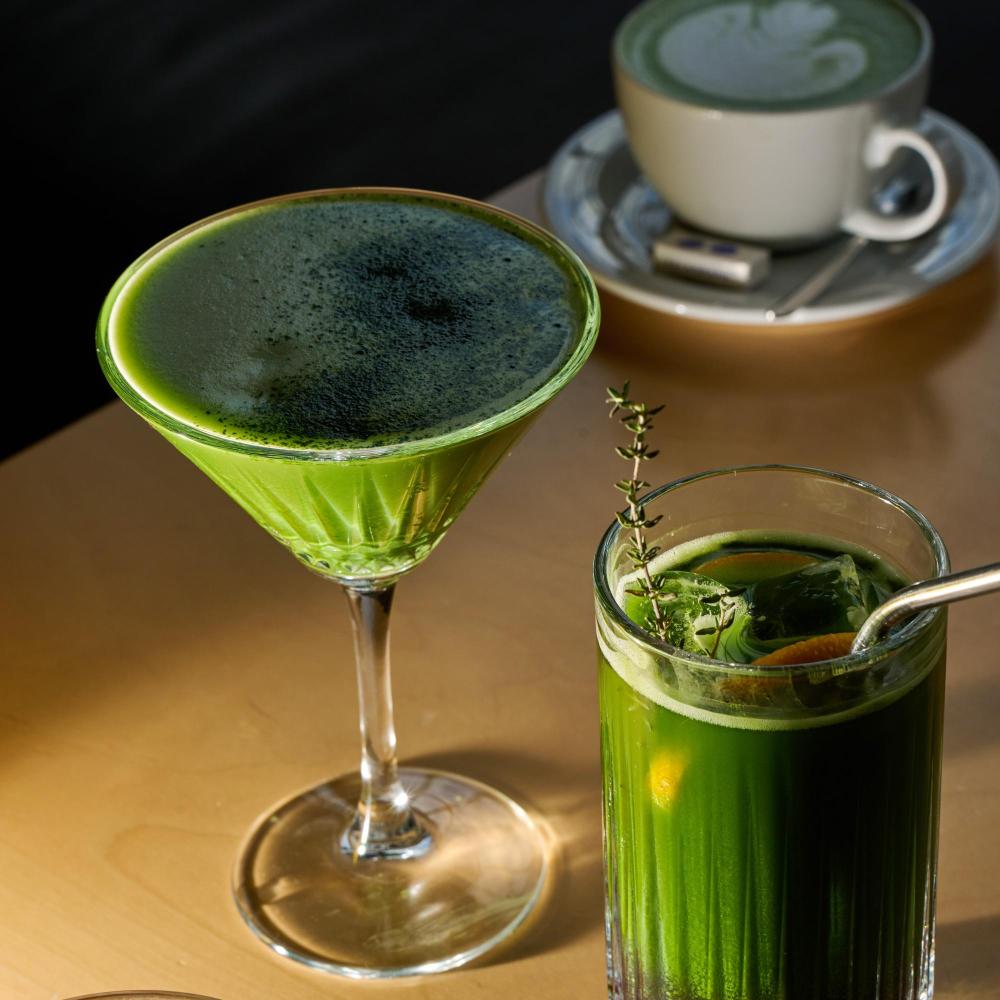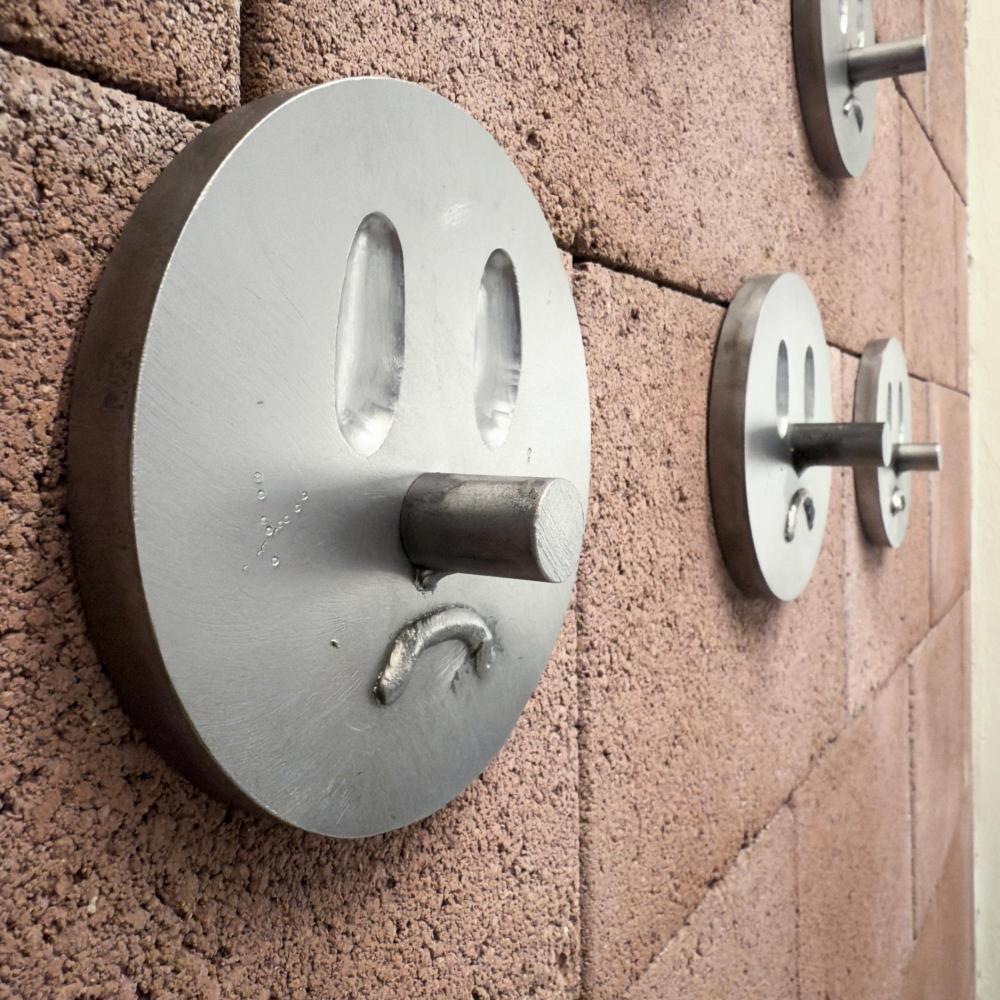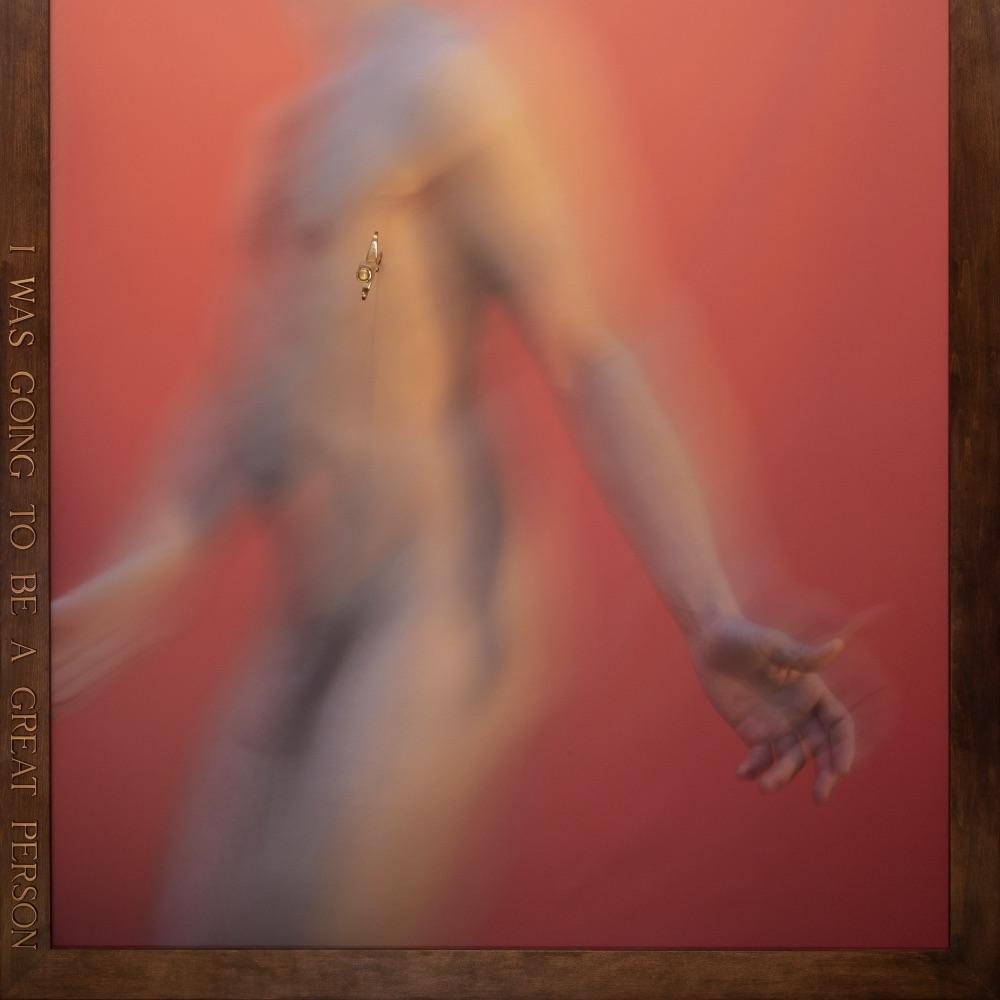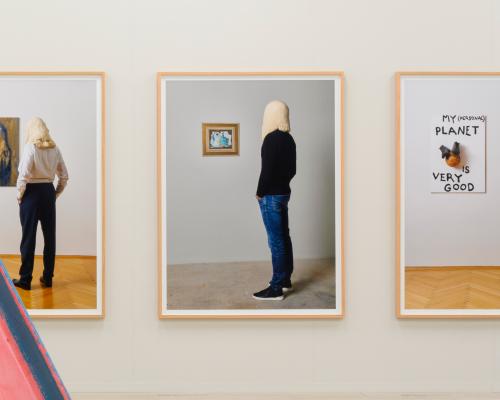
Emil Filla is one of the most important personalities of Czech modern art and is rightly considered one of the pioneers of Cubism in Czechia. His work was strongly influenced by the French artistic milieu, especially the work of Pablo Picasso and Georges Braque, from whom he adopted an emphasis on geometric forms, analysis of space and structural decomposition of the objects depicted. However, Filla was not a mere follower, but developed his own distinctive style, combining painterly inventiveness with an interest in the philosophical, social and cultural issues of his time.

Emil Filla: The Pair, 1934
Early in his career, Filla was involved in the art groups Osma and later the Group of Visual Artists, which played a fundamental role in the development of modern art in what was then Czechoslovakia. These collectives strove to overcome academic conventions and sought new avenues of artistic expression that emphasized freedom of expression, experimentation and the connection of art with contemporary thought. In this environment, Filla quickly emerged as a leading figure who was able to combine avant-garde form with profound content.
Emil Filla's work does not remain a mere play with shapes and colours. Behind his paintings there is a strong background of thought. His still lifes, portraits or figurative compositions often respond to social tensions, cultural changes or philosophical questions that shaped the first half of the 20th century. Filla saw art as a tool of knowledge and as a way of expressing an attitude. He was therefore not only a painter, but also a reflective intellectual and a publicly engaged man.
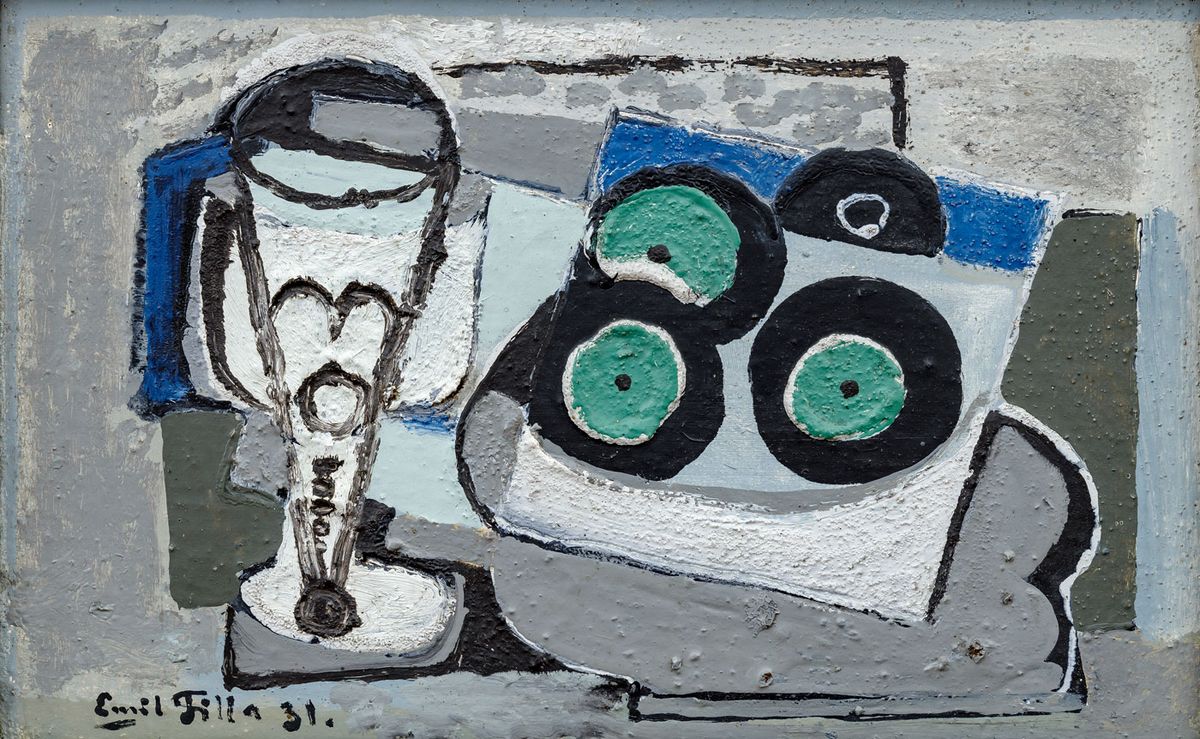
Emil Filla: Still lifes with gramophone records, 1931
After World War II, Emil Filla also devoted himself to teaching. At the Academy of Arts and Crafts in Prague he led young artists to a deeper perception of the image not only as an aesthetic object, but also as a carrier of attitude, statement and opinion. Through his life and work, he left an indelible mark on Czech culture and inspired generations of other artists.
Currently, his reproduced work can be seen, for example, in the exhibition Game Owner, where it appears in an unusual context. Here, the Danish artist Søren Dahlgaard, known for his dough portraits, captures Kodl Contemporary gallery founder Jakub Kodl in a photograph with a dough veil over his face, and it is next to him that Filla's 1926 painting Still Life with Artichoke, part of his private collection, is displayed. This unexpected combination offers a new perspective on Filo's work and raises questions about the role of classical art in today's visual world.
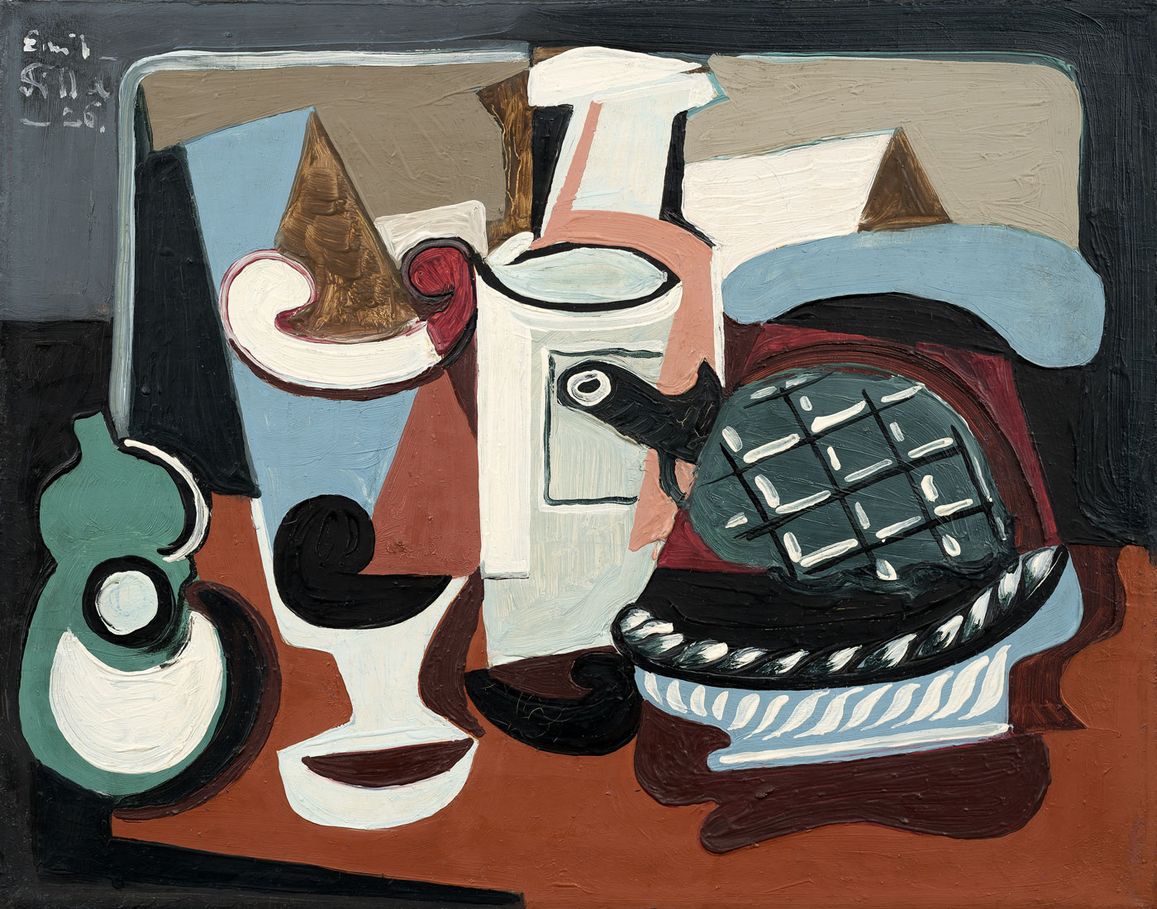
Emil Filla: Still Life with Artichoke, 1926

